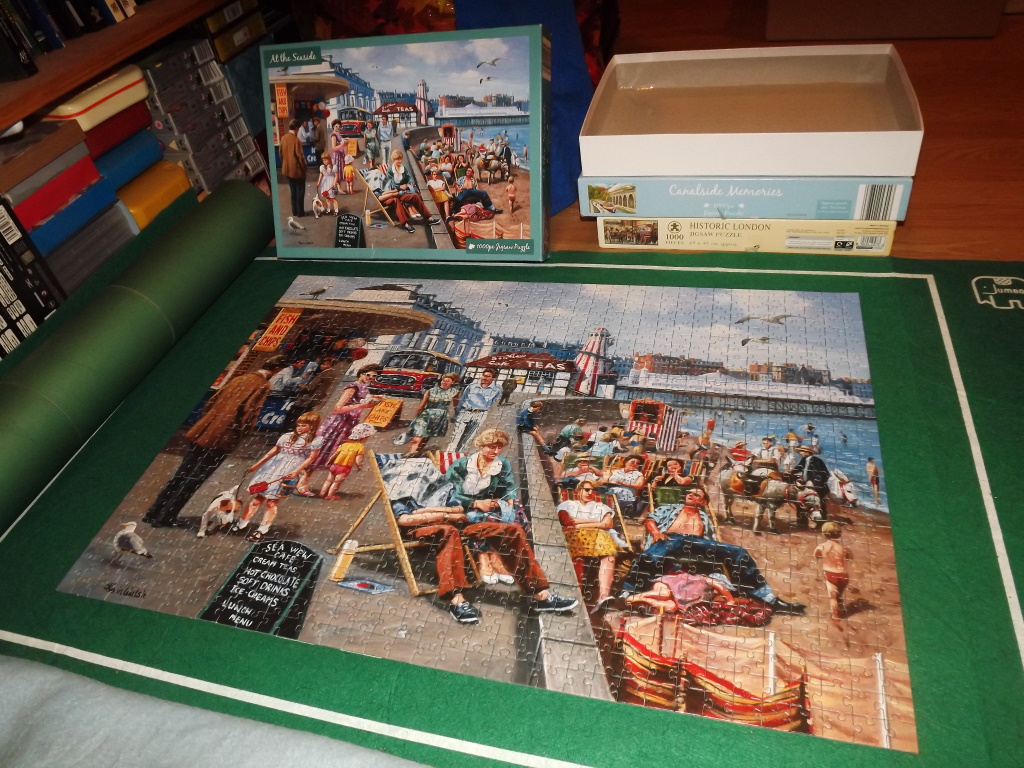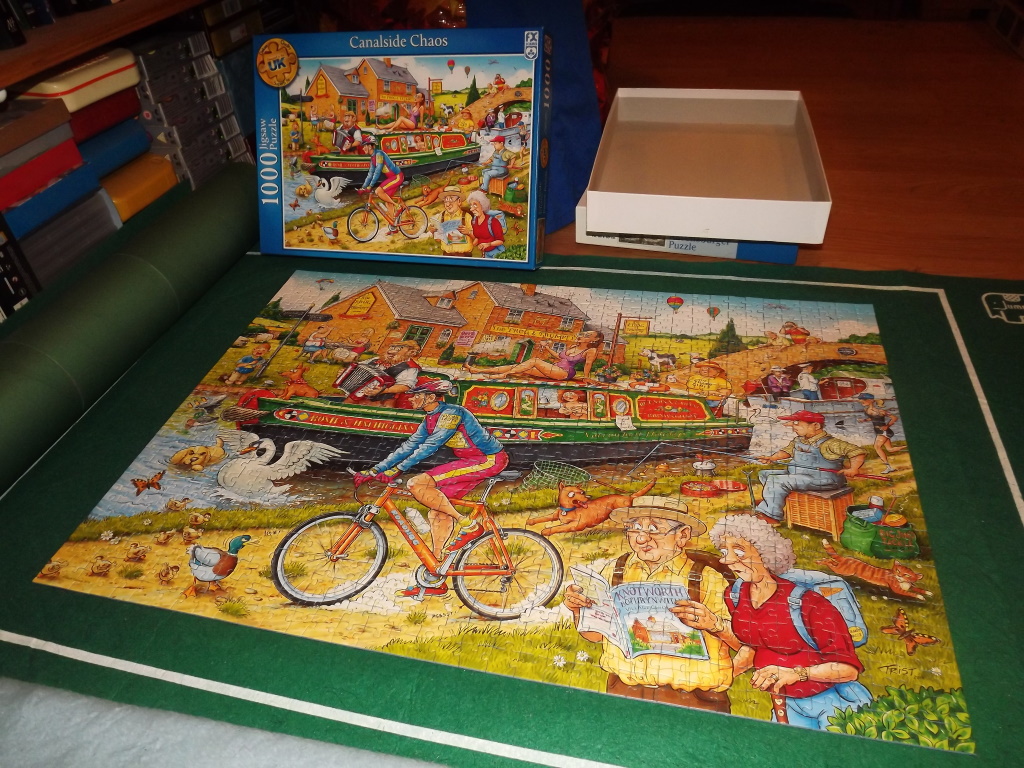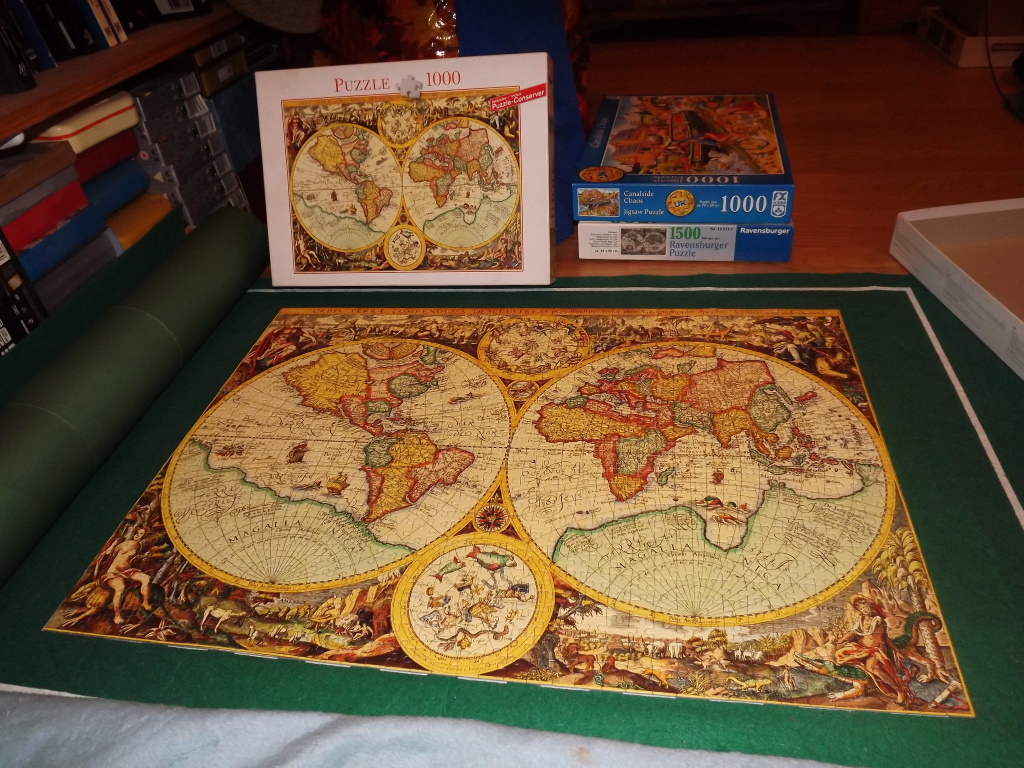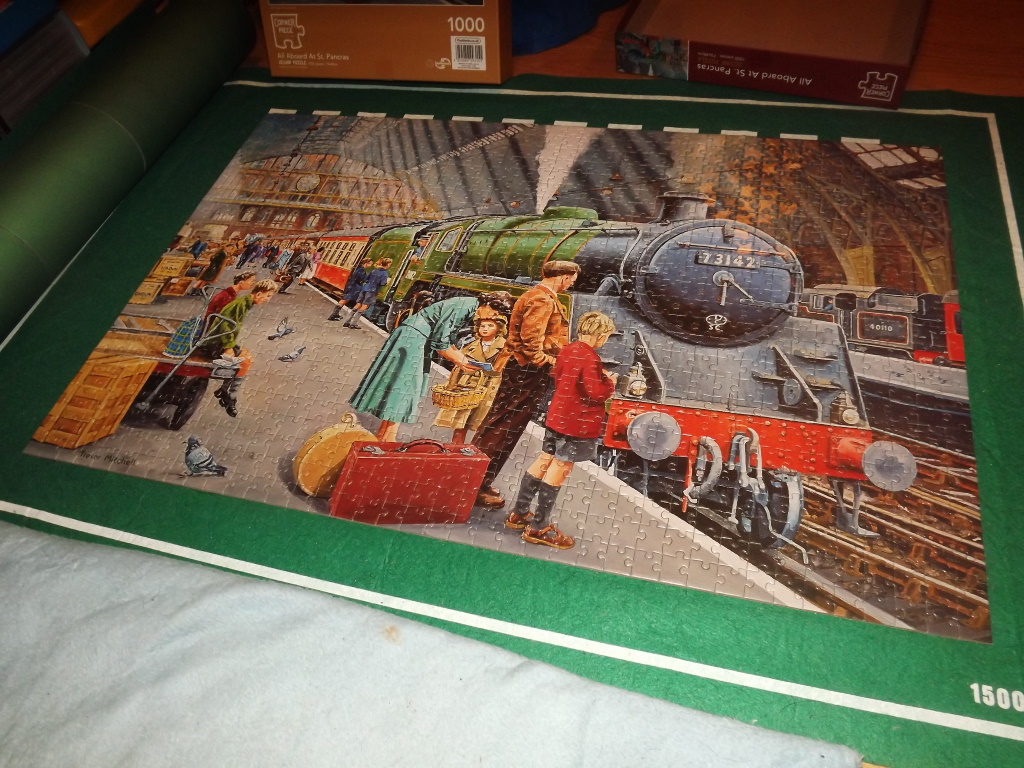My thoughts on the DC superhero shows I’ve watched. As always, this is purely one person’s opinion, and in addition, for a number of reasons, the pandemic prime among them, I have yet to watch the latest seasons of the shows discussed here.
Arrow
Oh, boy. Rarely has a show displayed so much promise, only to squander it so completely. Season 1 was solid, a good foundation. Season 2 built on that extremely well, with the aid of a great villain in Manu Bennett’s Deathstroke/Slade, and it really felt like things were going somewhere, that Oliver was progressing nicely from Arrow, ruthless vigilante, to Green Arrow, stalwart hero.
Unfortunately, season 3 fumbled; badly. To be fair, from what I understand, a big reason for this was out of their control: they were unable to use their first choice villain, Harley Quinn, thanks to Suicide Squad. The replacement, Ra’s al Ghul, was a poor choice poorly executed. He’s a largely one-note, predicatable antagonist whenever and wherever he appears, always retreading the same path, and this was exacerbated by dull dialogue and an actor seemingly devoid of charisma and presence. He, and the entirely uncompelling, rote relationship between Oliver and Felicity, weighed the season down.
Season 4 seemed well aware of this, and was keen to show off its cracker of a villain, Damien Darhk, as played by Neal McDonough at his scene-stealing, screen-commanding best. Sadly, they came on too strong with him, both in terms of early presence, and his sheer power; inevitably, he faded away at the midpoint of the series, leaving it to sag, and a magical villain of such strength was a bad fit for the grounded Arrow. Another big error was the recurring coda of Oliver visiting a grave, and the question of who was in it; it was a cheap tactic, rendered even more so when it was finally occupied by the second Black Canary to die in the show, another female character death, and one who’d been noticeably sidelined in season 4 so her departure would cause the fewest issues. It left a bad taste in the mouth, but nowhere near as bad as the last two episodes of the season. In them, Darhk’s plan was revealed to be a tired rip-off of Stromberg’s from The Spy Who Loved Me, contrivance saw Felicity the indirect cause of tens of thousands of deaths by nuclear annihilation, and the clumsy thread of giving Oliver mystic powers of his own with which to combat the now ultra-powerful-thanks-to-enslaving-all-the-spirits-of-those-nuked-to-hell Darhk culminates in an entirely unbelievable street battle. It’s awful, a bungled, tone-deaf mess that leaves you wondering what the showrunners were thinking, or if they were even thinking at all.
Season 5 just seems to give up. It has no main villain, but a series of identikit murderous vigilantes alternating small massacres with Oliver, no impetus, no life, no nothing. It’s a dreary, leaden, cynical, disturbingly brutal slog, made even more so by the flashbacks. The latter had always felt a little gimmicky, and became increasingly tiresome in seasons 3 and 4, but here they’re almost intolerable, just one repetitive burst of grim violence after another. It sort-of addresses the town-nuking, in the form of a new character, but it’s not nearly enough, especially given how little it seems to affect Felicity. As an aside, it’s also notable how that’s not acknowledged at all in any of the other shows, especially in the closely connected Flash. It’s almost as if the nuking was a cheap shock tactic they had no intention of following through on in any truly meaningful way. This season also indulges in the wearying cliche of a token gay couple breaking up, because queer people can never be happy. I stuck it through to the entirely unsatisfying finale, then vowed never to watch another episode outside the crossover events. At the end of season two, this show felt like it was seriously going places; turns out, it was face-first into the murk, to fumble aimlessly around. A depressing failure.
The Flash
This show started brilliantly. Great cast, great energy, some actual imagination, invention and humour – such rare commodities, these days – and a sterling villain in the Reverse Flash. Unfortunately, it hasn’t quite been able to maintain that level, mostly through a succession of underwhelming villains, from Zoom (who wants to Take Over The World, but somehow entirely misses or disregards Darhk’s simultaneous attempt to wipe it out) to the Thinker, but also through the odd misjudgement, like Team Flash unhesitatingly taking lives in season 2, but that never going anywhere, in fact being entirely forgotten, serving only to undermine future reiterations of his reluctance to kill. There also are times you think Central City is trying to compete with Star City to be named Most Likely Place for a Security Guard or a Police Officer to Die Horribly to Make a Supervillain Look Appropriately Nasty; put the two shows together and the body count of people in uniform has to be well into triple figures. It’s a good show, often really good, and sometimes fantastic, but you can’t help yearning for more consistent writing and a properly meaty villain. Also, for such a famously upbeat and cocky hero, it’s amazing, and a little saddening, how few opportunities the perfectly-cast Grant Gustin gets to actually show that. Give it kudos for making its main relationship one of the few half-decent ones in the DC shows, though, and Tom Cavanagh will never not be worth watching.
Legends of Tomorrow
A frustrating show, in that while it has a great cast and endless inventive energy and can be absolutely brilliant at times, it has one big issue that compromises it pretty badly – tonal jarring. This is a nutty, almost cartoony show, broad and bright and unashamedly silly, yet also feels a need to keep throwing in moments of darkness and usually graphic violence that clash really badly with the overall tone. The episode in which flesh-eating unicorns run amok at Woodstock is a prime example – a supremely daft idea rendered jarring and near-unpalatable by how needlessly gory it is. True, my general aversion to explicit violence undoubtedly plays in, here, but it still feels like an object lesson in how the ever-increasing indifference to violence in US TV can result in heavy tonal conflict. It also plays really fast and loose with its own rules, distractingly so, to the point of contradiction. It does deserve kudos for its strong queer energy, even if that is slightly undercut by the standard US TV need to sexualise everything. Ultimately, a good, often really good, show that has a bad habit of shooting itself bloodily in the foot.
Supergirl
This show gets off to a solid, if not terribly promising start. Season 1 is decent, serviceable, but no more. Seasons 2 and 3, thankfully, improve noticeably, if with the odd misstep, like Supergirl using a Green Martain superweapon to go full Rambo on a group of White Martians, a hugely out-of-character moment that’s tellingly entirely ignored afterwards, but, like Flash’s lethal lapses, does undercut future moments a little. True, not every character engages – looking at you, Mon-El – but it definitely feels like it’s finding its feet. In season 4, it soars.
Season 4 is comfortably, for me, the best season I’ve seen of any of the DC shows, compelling, exciting, powerful, progressive – a trans superhero, played by a trans actor, who is entirely and unflaggingly wonderful – and brave. Giving an entire episode over to detailing a major antagonist’s shift from family man to dangerous, murderous zealot, showing how disturbingly slippery a slope that can be, is courageous and brilliant story-telling. Then they unleash the best Lex Luthor since Lois and Clark‘s John Shea, in the thoroughly relishable Jon Cryer. They even manage to recapture some of the spinning-out-of-control compulsion of the seminal Babylon 5 episode Severed Dreams, with the aid of John Sheridan himself, Bruce Boxleitner (ironically in the role of the corrupt, compromised President). It’s phenomenal stuff, and it really feels like its building to something Big, something Special, but instead…instead the finale drops all the themes so brilliantly explored in favour of Supergirl trading blows with an evil clone then Lex in Generic Power Armour #45569891, and a ‘shock’ cliffhanger twist that feels the worst kind of cheap.
It honestly feels like they copped out at the last minute, and that’s painful. A season that damn good deserved a far better finale than what we actually got. If season 5 picks up on those themes again, and actually makes something worthwhile of them, then that goes a long way to balancing things out, but if it doesn’t, it would be a serious failure. Also, after poleaxing the one truly good relationship in all the DC shows – Alex and Maggie – for no apparent reason other than to again reuse the queers cannot be happy trope, it better not screw up Alex’s new relationship.
Overall
The defining feature of these shows has to be inconsistency, in tone, in character, in plotting. One finally overcame it in spectacular fashion, only to stumble at the last hurdle, one is regularly undermined by it, one is held back from its full potential by it, and one was entirely destroyed by it. Part of that has to be network pressures, but part also has to be showrunners who never seem to have a full grasp on what they want to do, and sometimes no grasp at all. From what I’ve heard Batwoman doesn’t buck that trend, and I don’t expect Superman and Lois (can’t help noting the reversal of Lois and Clark) to, either. There’s plenty to like and even love with these shows, but it’s all overshadowed by what might have been.




